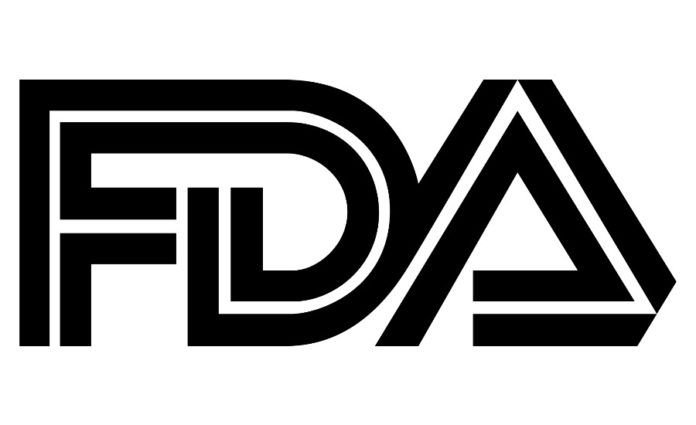Article
FDA Accepts sNDA for Empagliflozin in Children with Type 2 Diabetes Aged 10 & Older
Author(s):
If approved, Boehringer Ingelheim and Eli Lilly and Company's SGLT2 inhibitor would be the first agent in the class with an indication as an adjunct to diet and exercise for improving glycemic control in children with type 2 diabetes aged 10 years and older.

Boehringer Ingelheim and Eli Lilly and Company has announced the US Food and Drug Administration's acceptance of a supplemental New Drug Application (sNDA) for empagliflozin (Jardiance) for people 10 years of age and older with type 2 diabetes.1
Announced on March 8, the companies are seeking an additional indication as an adjunct to diet and exercise to improve glycemic in children aged 10 years and older with T2D based on the results of the phase 3 DINAMO trial. An approval would make empagliflozin the first SGLT2 inhibitor to recieve such an indication from the FDA.1
"There are clear unmet needs for young people living with type 2 diabetes, which has nearly doubled in prevalence in people aged 10-19 over the past two decades," said Mohamed Eid, MD, MPH, MHA, vice president of Clinical Development and Medical Affairs in Cardio-Renal-Metabolism & Respiratory Medicine at Boehringer Ingelheim Pharmaceuticals, Inc.1 "We look forward to working closely with the FDA during the review process and while we await a decision on our efforts to bring another potential treatment option to children 10 years and older with type 2 diabetes."
A once-daily oral medication, empagliflozin’s initial approval from the FDA was for use as an adjunct to diet and exercise for lowering blood glucose in people with type 2 diabetes. Since its initial approval in 2014, empagliflozin, and the SGLT2 inhibitor class as a whole, has been at the forefront of a therapeutic revolution in populations with and without diabetes.
The current sNDA for improving glycemic control in children 10 years and older with type 2 diabetes is based on the results of the DINAMO trial, which examined effects of empagliflozin use on HbA1c relative to placebo therapy in participants aged 10-17 years living with type 2 diabetes.1
A 26-week trial with 158 participants, the DINAMO trial was originally presented at the International Diabetes Federation World Diabetes congress 2022 randomized participants in a 1:1:1 ratio to empagliflozin, linagliptin, or placebo therapy. Results of the study demonstrated use of empagliflozin was associated with a 0.84% reduction in HbA1c relative to placebo therapy (95% CI –1.50 to –0.19; P=.012).2
Analysis of secondary outcomes from the trial demonstrated use of empagliflozin was associated with a mean reduction of 35.2 mg/dL in fasting plasma glucose (P=.0035).2 Results of the study indicated improvements in HbA1c observed with linagliptin was not statistically significant when compared with placebo, with a numerical reduction of 0.34% (P=0.2935).2
"Impacting an estimated 39,000 people under the age of 20, type 2 diabetes is a growing health issue for young people in the U.S.," said Jeff Emmick, MD, PhD, vice president of Product Development with Eli Lilly and Company.1 "If approved, Jardiance would be a new oral treatment option for type 2 diabetes in children 10 years and older in the U.S., making this application acceptance an important step forward as we add to the body of knowledge for this vulnerable patient population, for whom oral treatment options have been limited."
References:
- US FDA accepts Supplemental New Drug Application for Jardiance® for children 10 years and older with type 2 diabetes. Eli Lilly and Company. https://investor.lilly.com/news-releases/news-release-details/us-fda-accepts-supplemental-new-drug-application-jardiancer-1. Published March 8, 2023. Accessed March 8, 2023.
- Phase III trial demonstrated Jardiance® is the first SGLT2 inhibitor to show statistically significant reduction in blood sugar levels in children and adolescents with type 2 diabetes. Eli Lilly and Company. https://investor.lilly.com/news-releases/news-release-details/phase-iii-trial-demonstrated-jardiancer-first-sglt2-inhibitor. Published December 7, 2022. Accessed March 8, 2023.





